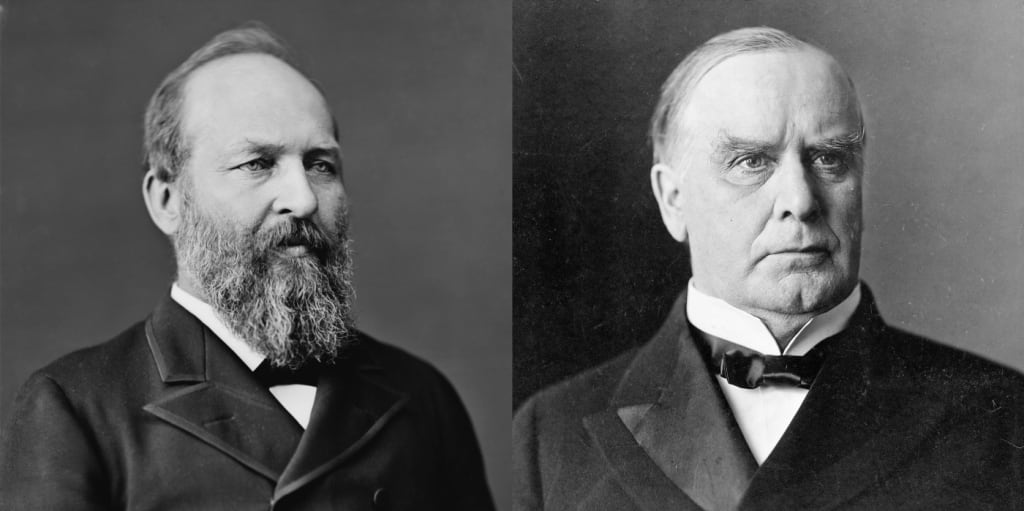
Throughout America’s history, four out of it’s forty-six Presidents were assassinated. Out of these four tragic events, the assassinations of Abraham Lincoln and John F. Kennedy continue to be spoken about today. There have been movies, books, documentaries and all manner of conspiracies regarding their deaths. People the world over are likely to know the names of these two men and the way in which they were killed.
However, less and less people seem to remember the other two Presidents who met their demise as a result of an assassin’s bullet. James A. Garfield and William McKinley are names that even a noticeable amount of Americans do not seem to recognise today. So why is it that unlike Lincoln before and Kennedy after them that the killings of these Presidents have seemed to slip through the cracks of history? Perhaps we will get a clearer answer by looking closer into the lives, Presidencies and deaths of James A. Garfield and William McKinley.
James A. Garfield
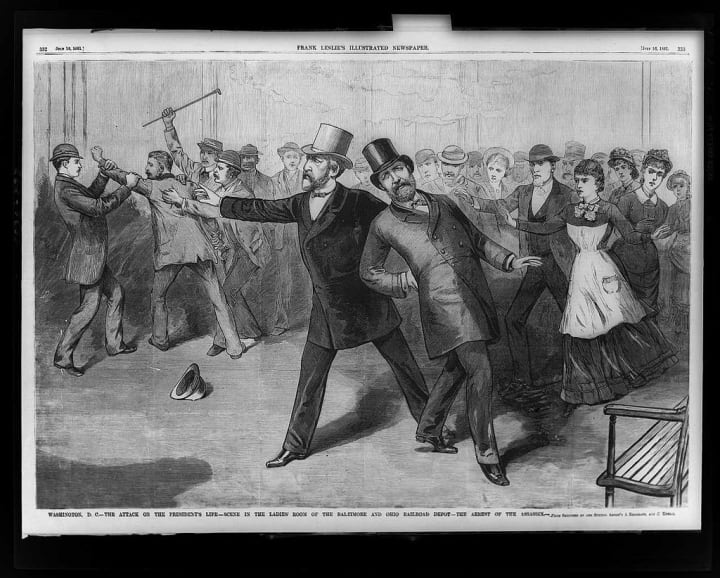
James Abram Garfield was born on the 19th of November 1831 in Ohio. The last of the “Log Cabin Presidents”, Garfield was born into poverty and his beginnings were humble to say the least. The youngest of five children whose father died when he was still a baby, Garfield took all manner of jobs to help put food on the table.
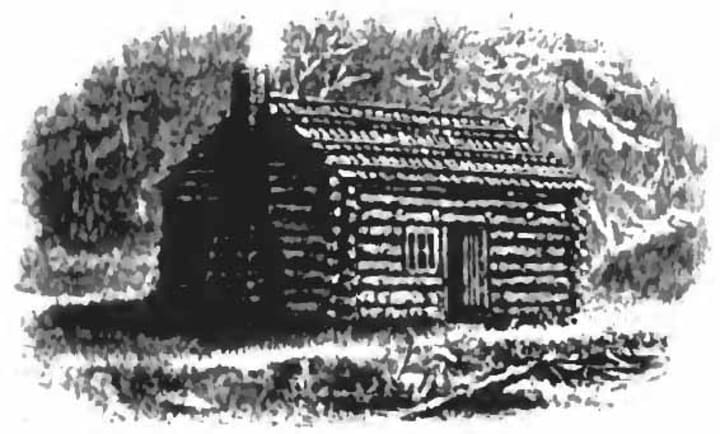
Initially working on a canal boat as a young man, Garfield soon developed a severe fever from falling overboard so much. The fever was so bad that he had to return home. During his recovery and at the urging of his mother, Garfield decided that getting an education would be his best shot to make a success out of himself. Despite his late start, Garfield excelled in school and took jobs as a carpenter, janitor and part time teacher to keep afloat. It was during his education where he discovered his love for public speaking and developed his anti-slavery views.
Garfield graduated and soon after getting married, became a lawyer. However, he also began having certain political aspirations. A fierce abolitionist and supporter of Abraham Lincoln, Garfield fought on the side of the Union during the Civil War. With a distinguished record, Garfield rose quickly up the ranks and eventually became the youngest officer to become a Major General. Returning from battle as a hero, Garfield soon left the Army to begin his political career.
Elected as a congressman, Garfield became known for his more moderate approach and expertise in financial matters. Despite his strong views on tolerance and equality, the Presidency never seemed to cross his mind. In his 18 years in Congress, Garfield eventually rose up to the rank of Republican Minority Leader.
After failing to campaign for his friend John Sherman to win the Republican nomination for President at the 1880 Republican Convention, Garfield surprisingly found himself as the nominee. He was elected America’s 20th President, beating democrat Winfield Scott Hancock in one of the closest elections in US history.
Garfield’s Presidency started well enough. He sought to reassert the power of the office of President and took steps to battle corruption. Garfield also set out to ensure that African Americans were treated more fairly. He wanted to ensure that African Americans were given access to education so that they will be able to participate in government and hopefully no longer remain in a permanently disadvantaged position. Unlike many who used equal suffrage as a political tool, Garfield was fuelled by a genuine desire to ensure that every American could receive an education and get a fair shake in life.
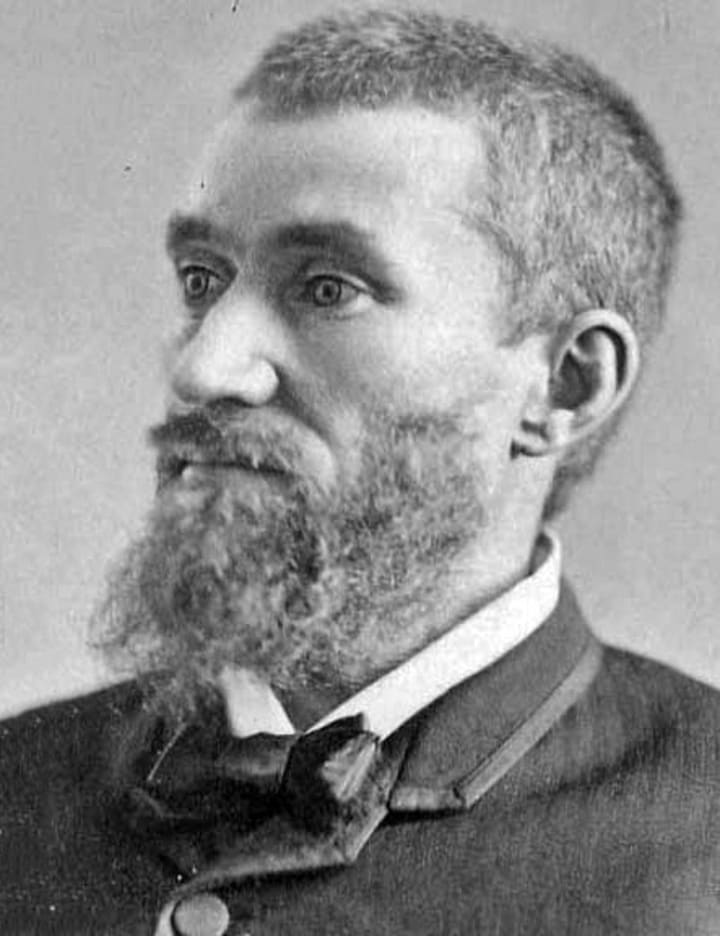
Unfortunately, just four months into his Presidency, Garfield was shot by Charles J. Guiteau. An educated man in his own right, Guiteau was also delusional and narcissistic. Under the misguided belief that he had somehow played an instrumental role in Garfield’s victory, Guiteau felt entitled to being rewarded with a consulship. When this was rejected, he was so offended that he felt the need to kill the President. After purchasing a gun and familiarising himself with the weapon, Guiteau learnt of Garfield’s whereabouts on the 2nd of July and made his way to the Baltimore and Potomac Railroad Station where Garfield would depart from for his Summer holiday.
Guiteau fired twice at Garfield, the first bullet grazing his shoulder and the second being lodged somewhere behind his pancreas. Guiteau made a half-hearted attempt to leave the scene but was apprehended without a struggle. He had already done what he had set out to do and was quite satisfied with himself.
Neither shot was immediately fatal and Garfield remained conscious. He was immediately tended to by a host of doctors who unfortunately did more harm than good. Trying unsuccessfully to dislodge the bullet and poking and prodding with unclean hands and unsterilised tools, they unknowingly infected the President’s wounds. Although Garfield was not expected to survive through the night, the ailing President endured 79 days of ineffectual treatment and his condition fluctuated greatly. Initially he attempted to keep working from bed and even met with Cabinet but he had lost a lot of weight from being unable to hold down his food and began to hallucinate when sepsis set in.
Thinking a change of scene may help with the President’s recovery, he was brought by train to Elberon where there were hopes that the more hospitable weather would keep Garfield more comfortable. Unfortunately, his condition continued to deteriorate and he passed away just 13 days later at the age of 49. He had been president for just over 6 months and his tenure is the second shortest in history.
Guiteau was tried and found guilty of Garfield’s murder and was hung for his crimes. During the trial, it was revealed that his own family doubted his sanity and had him committed to an asylum from which he escaped. This had been a case of a bitter, deluded man taking revenge for a perceived slight against him. Even more tragic was the fact that Garfield suffered for so long and so unnecessarily before succumbing to the complications of an injury that was not particularly fatal. Modern analysis has revealed that had the doctors attending to Garfield simply exercised more hygienic practices, he would have likely survived. In fact, had this taken place just ten years later, when sterilisation became commonplace in medical practice, Garfield would have most certainly made a quick and full recovery.
Although Garfield’s time as President was short and nowhere close to hitting it’s full potential, it is looked back favourably. Garfield’s rise to Presidency was the quintessential American success story and showed that no matter your background, you could still attain the highest office in the land.
William McKinley
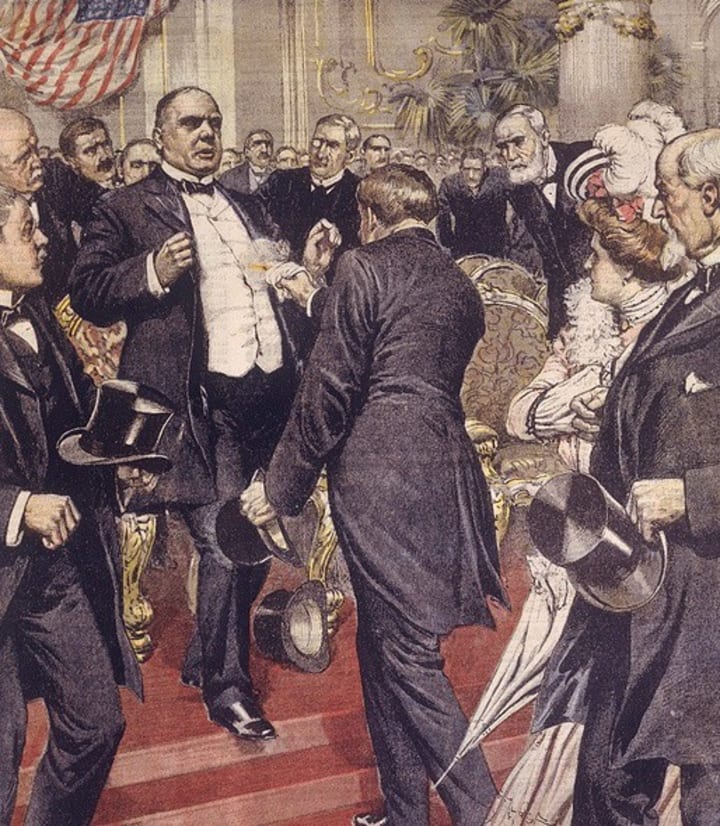
William McKinley was born on the 29th of January 1843 in Niles, Ohio where he spent the first decade of his life. The seventh of nine children, the McKinley’s lived a fairly average life. Neither poor nor affluent, McKinley enjoyed a normal childhood in Niles and later in Poland, Ohio where his family had moved so that he and his siblings could attend better schools. The McKinley’s were a loving family and were devout Methodists. Owing to their faith, they did not support slavery.
McKinley got through high school and later enrolled in college. However, illness forced him to leave after a year and by the time he was well enough to go back, financial difficulties prevented him from returning. So, McKinley decided to find work, taking jobs as a postal clerk and teacher.
When the Civil War started, McKinley enlisted in the army and served for four years before returning back to Ohio to pursue a career as a lawyer. McKinley was a successful lawyer and had begun to build a comfortable life for himself. He also got married and had two daughters. Unfortunately, both children passed away young and McKinley’s wife Ida never recovered from the devastating losses. Despite this, they remained lovingly married to one another and Ida encouraged her husband’s political aspirations.
McKinley soon showed that he was as good a politician as he was a lawyer. Elected as a congressman, McKinley climbed up the ranks of the Republican party quite swiftly. He was also quick to bounce back from any professional setbacks, coming back from a failed bid to be elected Speaker of the House and losing his seat by winning the Governorship of Ohio.
McKinley soon proved popular to Americans from outside his native Ohio and in the midst of a severe financial depression, McKinley won the Republican nomination and thereafter was elected in convincing fashion as America’s 25th President. Dubbed “the advance agent of prosperity”, McKinley did not disappoint.
Introducing higher tariffs and preventing, McKinley was able to get America out of its economic depression. McKinley was also popular among African Americans and at the same time attempted to ease America’s relationship with the white South. McKinley had made it a priority to bring America one step closer to being a totally unified country.
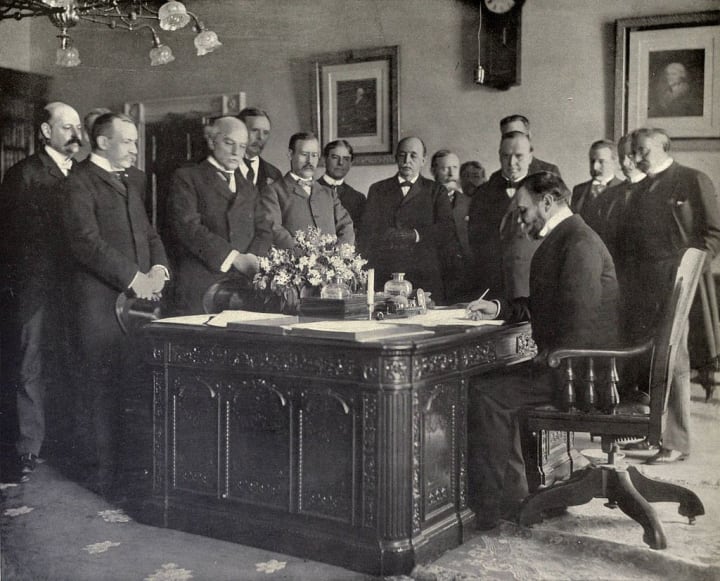
However, McKinley’s biggest successes came from his ability to handle foreign matters. Leading America to war against Spain, the US were victorious in just 100 days and Spain ceded the Philippines, Guam and Puerto Rico to America while at the same time relinquishing their control over Cuba. McKinley also supported the “Open Door Policy” and traded with China. McKinley proved that he was just as adept at foreign affairs as he was with domestic policy.
Thus, it was little surprise when McKinley decisively won reelection to a second term in 1901. Unfortunately, just six months later, he was shot. McKinley had always enjoyed getting up close with the people and preferred to move around with little to no security to protect him. This soon proved to be a fatal decision. On the 6th of September 1901, at the Temple of Music in Buffalo, New York, McKinley had made an appearance in front of a massive crowd for the Pan American Exposition. While greeting and shaking hands with the people, McKinley was shot twice at close range by Leon Czolgosz, an anarchist from Michigan.
The first bullet only grazed McKinley but the second one found itself lodged in the President’s abdomen. Czolgosz had attempted to fire a third shot but was stopped by James Parker, a large African American man who went on to receive much praise for his heroic actions. McKinley was conscious and attempted to downplay the severity of his injuries to avoid further panic.
McKinley was rushed to a nearby hospital. Although the hospital was well-equipped with adequate facilities, there was a lack of qualified doctors. This was because the hospital was only intended to treat any minor injuries suffered by anyone who visited the exhibit. Despite the most qualified person there being a gynaecologist, McKinley was rushed into surgery nonetheless. Although the bullet lodged inside the President could not be located, the doctor was able to close up the President’s wounds. The surgery was deemed to be a success.
McKinley also seemed to be on the road to recovery. He was awake, alert and allowed to recuperate at home. Vice President Theodore Roosevelt was so relieved by the news that he chose to go on holiday. However, on the 13th of September, McKinley’s condition took a turn for the worse. Gangrene had poisoned the President’s blood and he began drifting in and out of consciousness. When he was awake, McKinley himself realised that the situation was dire. He passed away the following day at the age of 58.
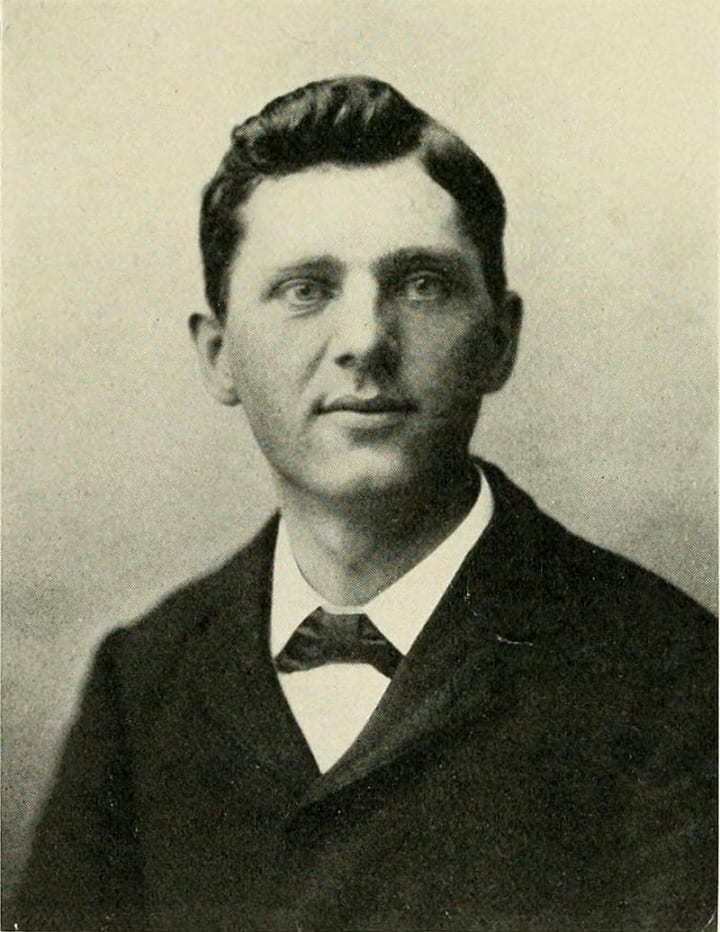
Upon McKinley’s death, Theodore Roosevelt was immediately sworn in as President. Just 12 years later, he too was shot with the bullet being lodged inside him. However, he made a full recovery. McKinley’s assassin, 28 year old Czolgosz who had been in jail following the shooting was tried and sentenced to death for the assassination of William McKinley. He was executed by electric chair on the 29th of October 1901. Although a self-described anarchist, Czolgosz’s actions were condemned by the very movement he supported. Those who knew him described as an awkward, strange and reclusive man while other anarchists treated him with suspicion. To many, McKinley’s assassination was the work of a disturbed individual who hid behind an ideology he did not fully understand in the hopes that it would condone his vile actions.
McKinley’s Presidency was looked at favourably as a time of great prosperity both domestically and abroad. Taking his country from financial difficulty to economic recovery and victory in war, McKinley was a capable leader who commanded the confidence of his country. McKinley’s assassination also marked the turning point for Presidential security. Following his death, Congress passed a Bill which assigned the protection of the President to the Secret Service. In fact, the tight security and heightened precautions we see to this day are a direct result of McKinley’s assassination
So, why are both assassinations so overlooked?
As we’ve seen above, the deaths of both Garfield and McKinley are indeed extremely tragic events. Both men were fair and capable leaders who were taken long before they were done serving their country. Their lives and presidencies were looked back mostly favourably and their deaths came with a significant share of consequences. So, why exactly are they not spoken about in the same light as Lincoln and Kennedy?
There are actually quite a few reasons. Firstly, both men were killed in a time where the political climate was relatively stable. Garfield’s tenure was not that far away from the end of the Civil War while McKinely’s tenure was a time of prosperity and recovery. Both men were not seen as extremely controversial figures and were supported by people from all walks of life. Whoever killed the President during such a time were seen to be more likely than not someone with a personal vendetta against the man behind the title rather than a part of a more intricate plot against the country itself.
Secondly, both Garfield and McKinley’s assassinations were more clear cut than those of Lincoln and Kennedy’s. Both men were in crowded places with little to no protection and in close proximity to their assassins who were instantly apprehended by the various bystanders present. On top of that, both Guiteau and Czolgosz were men of questionable soundness of mind who worked alone and for their own individual agendas. Unlike Lincoln and Kennedy’s assassinations which to this day remain the subject of various conspiracies, the many eye-witnesses and clear facts of Garfield’s and McKinley’s assassinations do not leave much to be sensationalised or speculated about.
Thirdly, both Garfield and Mckinley survived their respective shootings for an extensive period of time. Unlike Kennedy and Lincoln who were essentially killed instantly, both Garfield and McKinley remained conscious and even alert as they lay injured, both even trying to continue on with their duties. This created a sort of “buffer period” which minimised the shock of their deaths and allowed for plans to be made in advance for every possibility that may have arisen as a consequence of the shootings.
Lastly, the shootings of both Garfield and McKinley were seen to have been overshadowed by other things. Garfield’s shooting was overshadowed by his short tenure as President and the fact that he spent over a third of it from his sick bed. McKinley on the other hand, had an eventful run as President which so happened to be followed by the even more memorable tenure of Theodore Roosevelt.
These are somewhat reasonable factors as to why these assassinations may have fallen on the wayside but at the end of the day, these were still tragic events where capable and promising leaders lost their lives at the hands of remorseless, deranged killers. Just because we can’t sensationalise it as much as other noteworthy assassinations, the killings of James A. Garfield and William McKinley still warrant a place in history.
About the Creator
Isa Nan
Written accounts of life, death and everything in between
Reader insights
Nice work
Very well written. Keep up the good work!
Top insight
On-point and relevant
Writing reflected the title & theme


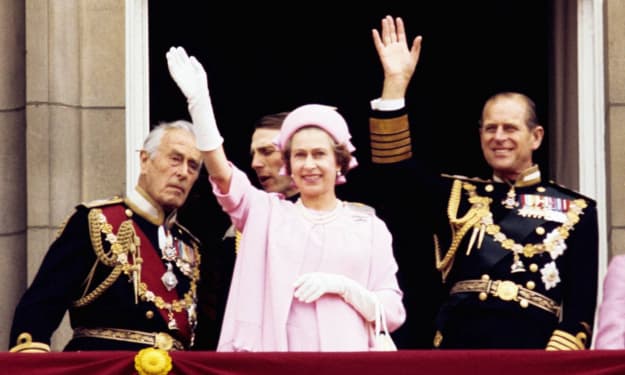



Comments
There are no comments for this story
Be the first to respond and start the conversation.